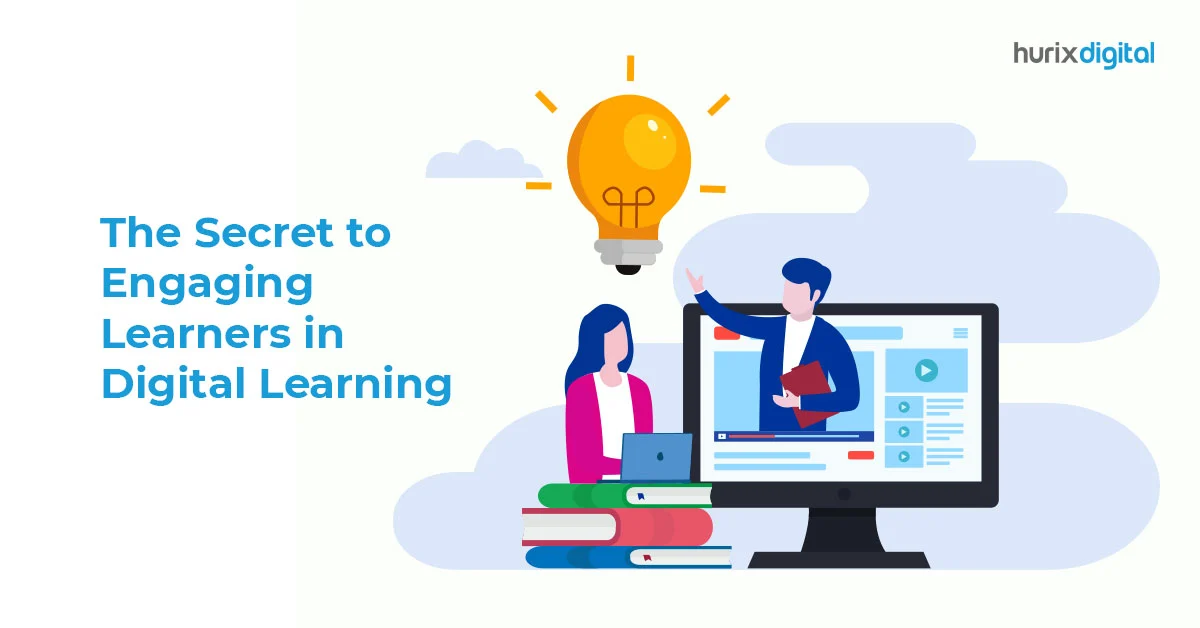Kristine is a professional who has just begun a training course to enhance her skills but finds it difficult to stay focused and engaged in the course material. It’s a common challenge in today’s fast-paced digital world – there’s so much knowledge out there, but how do we keep learners engaged? Let’s explore some best practices and strategies for personalizing the learning experience to help learners acquire and retain knowledge more effectively.
1.Conduct audience research:
If you want to enhance learner engagement in digital learning, audience research is the way to go! By conducting pre-assessment surveys and asking the right questions, you can get a better understanding of learners’ needs, preferences, and prior knowledge. This information can help you create personalized learning paths that will keep learners engaged. Don’t forget to keep gathering data throughout the course to ensure engagement stays high.
By asking the right questions about learners’ needs, preferences, and difficulties, we can gather valuable information to create personalized learning paths. It’s important to consider aspects like preferred learning styles, feedback type, and even technology availability. With the right research, we can design courses that truly speak to our learners!
2. Provide Choices:
Have you ever considered how providing choices in digital learning can ignite learners’ engagement and turbocharge their progress? Everyone learns differently and having choices can make all the difference.
By catering to learners’ needs and preferences, engagement can skyrocket. Offering different formats for learning materials, letting learners control their pace, and providing various assessment and feedback methods go a long way.
3. Use Adaptive Learning Algorithms:
Did you know that adaptive learning algorithms can personalize your learning experience? These algorithms use your data and analytics to make real-time adjustments to course content, delivery, and assessment to improve engagement and completion rates. Plus, they offer targeted feedback and support for better learning outcomes. And get this – they can even predict future performance and suggest customized study recommendations. Cool, right?
4. Encourage Self-Reflection:
A secret to fast and efficient learning is self-reflection. By using techniques like keeping a learning journal, using self-assessment tools, and setting goals, learners can take control of their own learning journey. Reflection prompts can also be super helpful to think about what you’ve learned and how to apply it. So why not try some self-reflection in digital learning as well?
5. Provide Feedback and Support:
Constructive feedback is crucial for learners to understand their strengths and weaknesses and improve their performance. Learning can be a never-ending adventure, and it’s important to make the journey both enjoyable and effective. That’s where the magic of gamification, virtual reality, peer feedback, automated feedback, learning analytics, and video feedback comes in. Implementing these techniques in the learning experience makes it a memorable one.
In the not-too-distant future, digital learning will give learners the power to shape the direction of the digital world. As AI takes on an even greater role in education, learning will become even more personalized and individualized, giving learners the ability to choose what, when, and how they learn. Digital technology has the potential to provide a more engaging learning experience for everyone, including individuals like Sara who may find it challenging to stay motivated.
If you’re ready to revolutionize the learning experience and achieve your goals, Hurix Digital can help you. Hurix Digital provides customized digital solutions for institutions and enterprises to meet the growing demand for digital learning.





